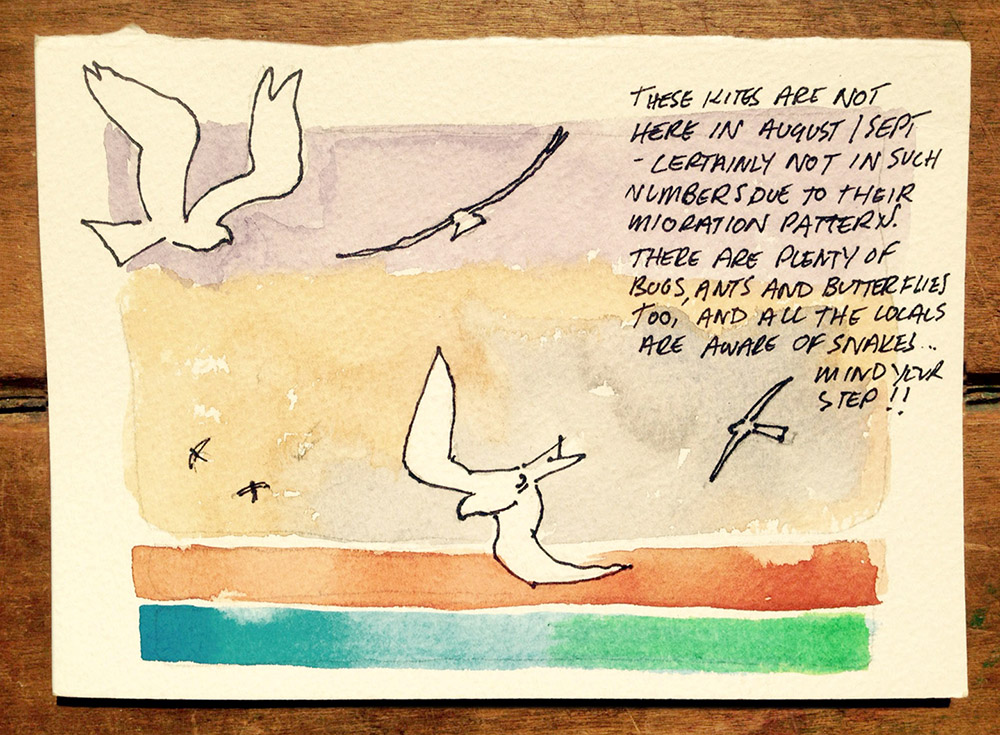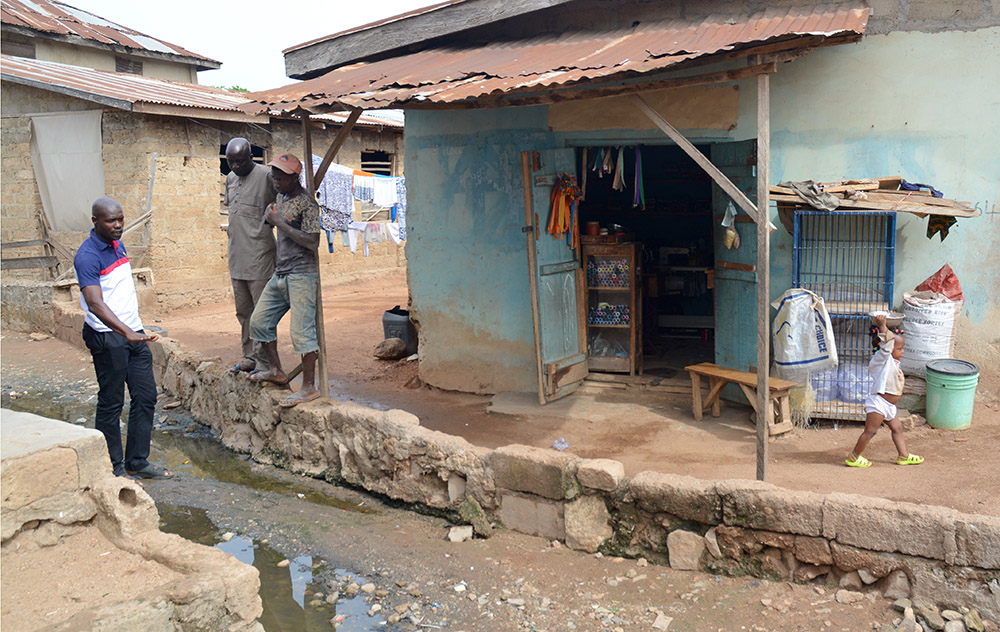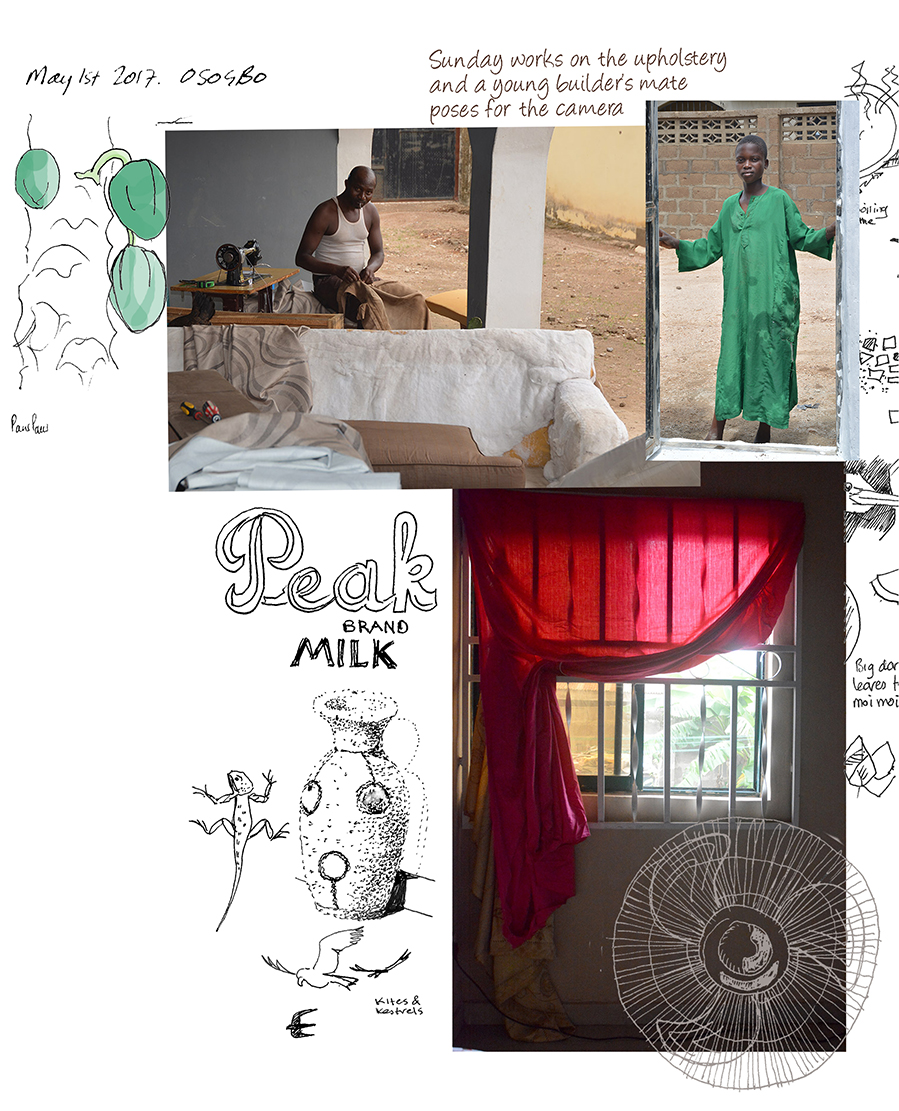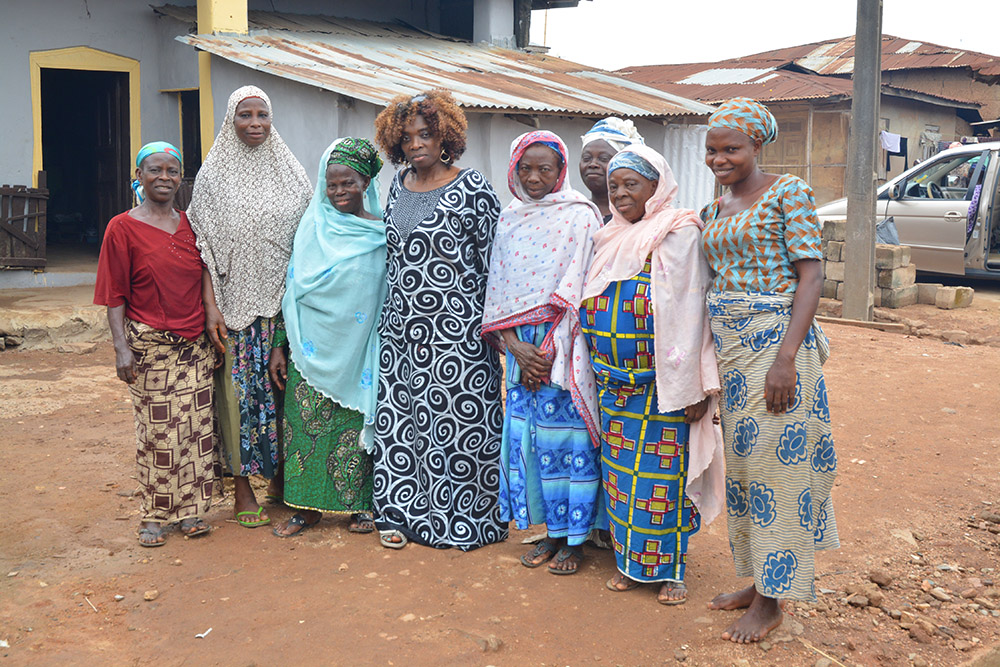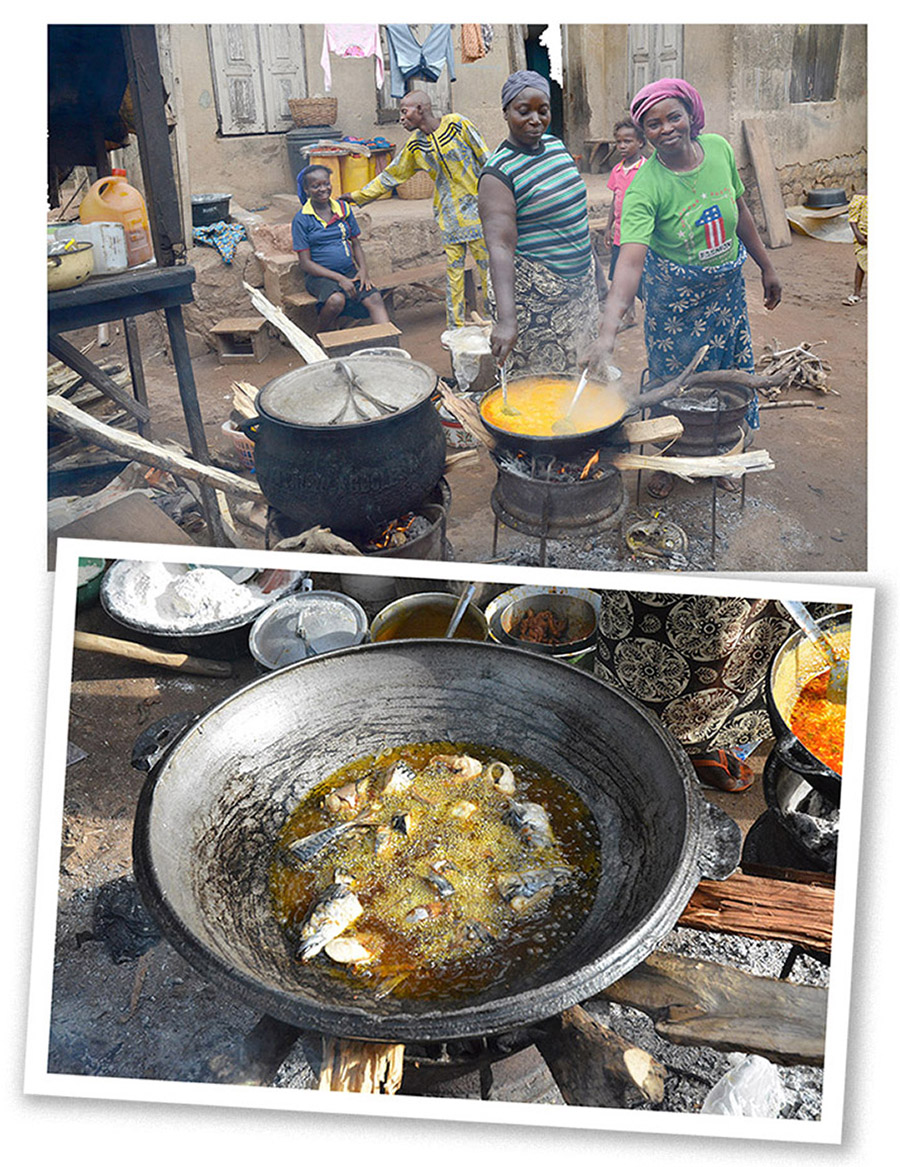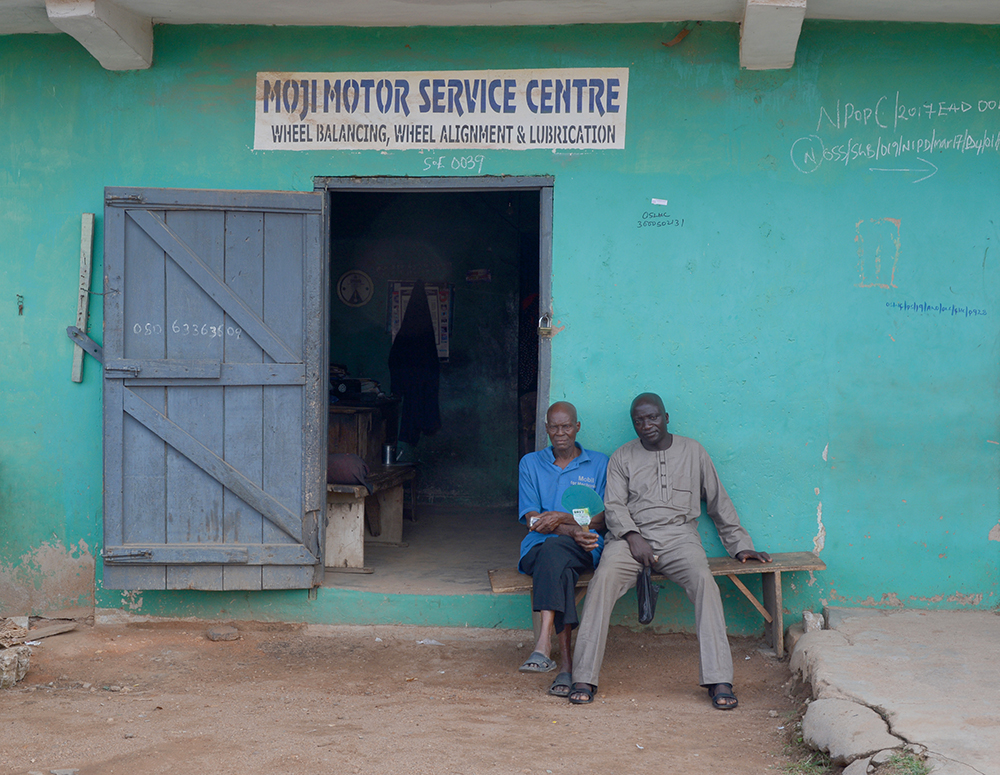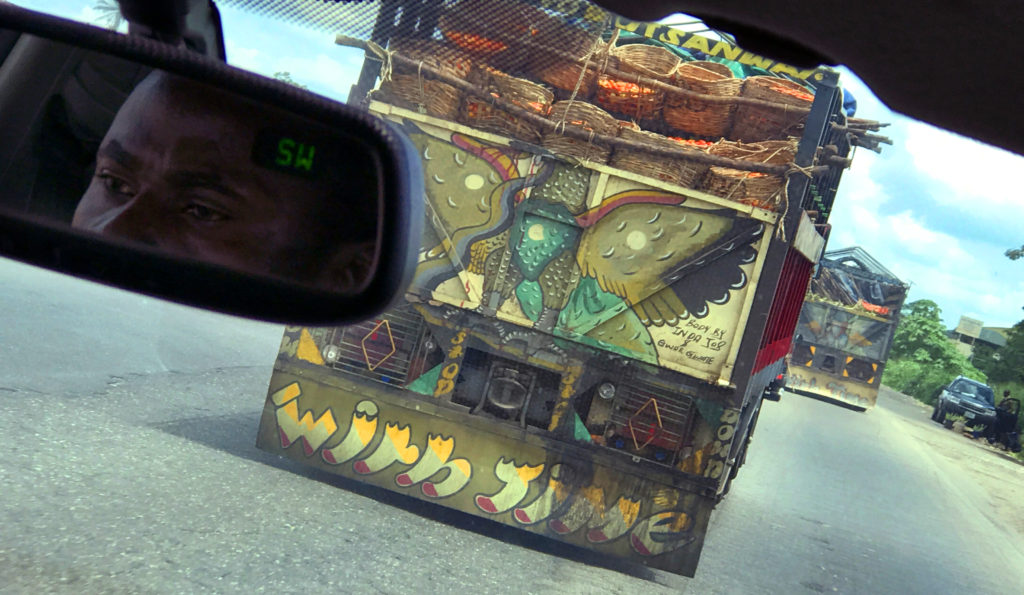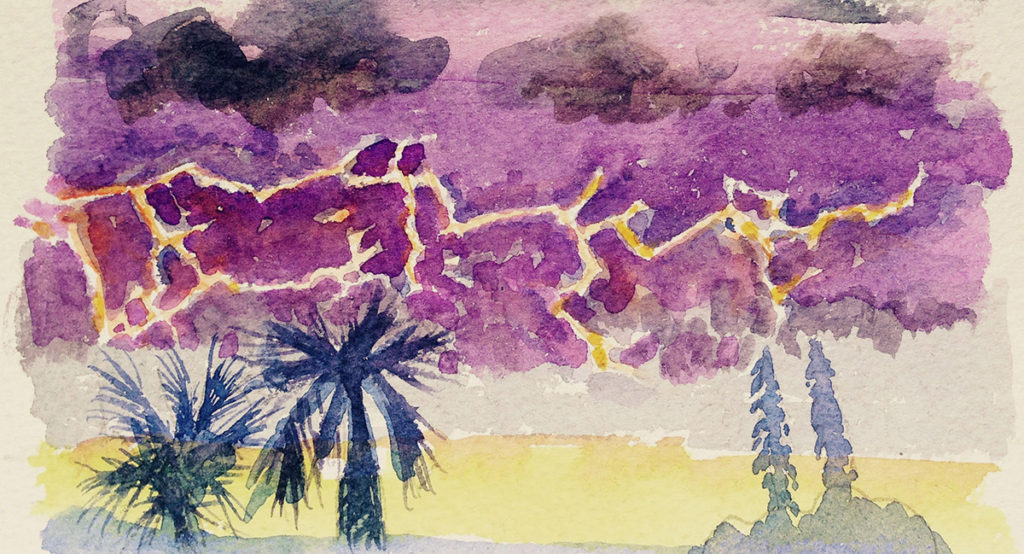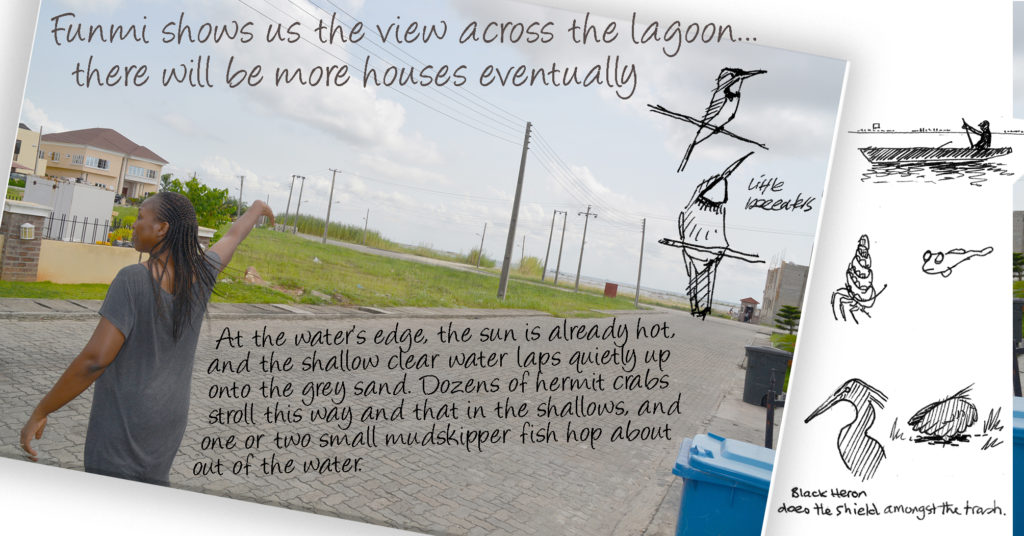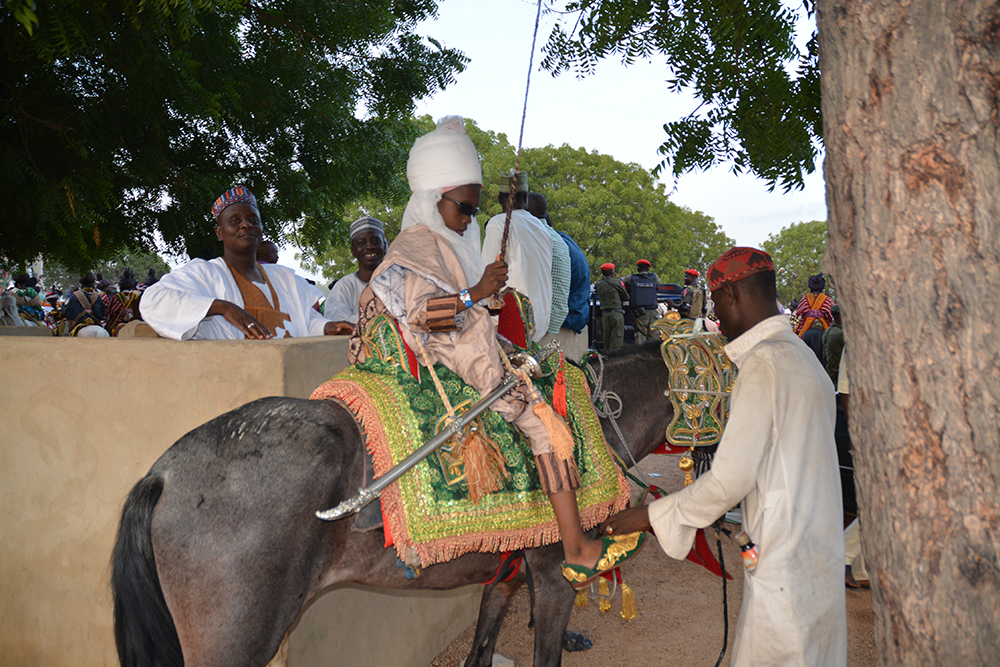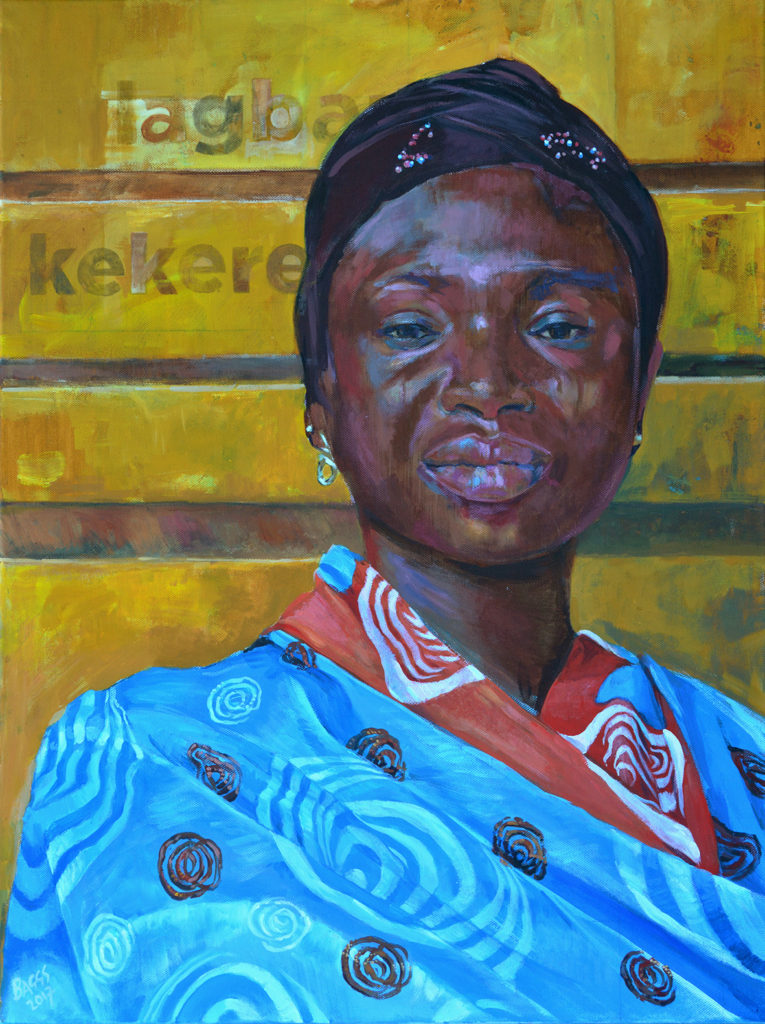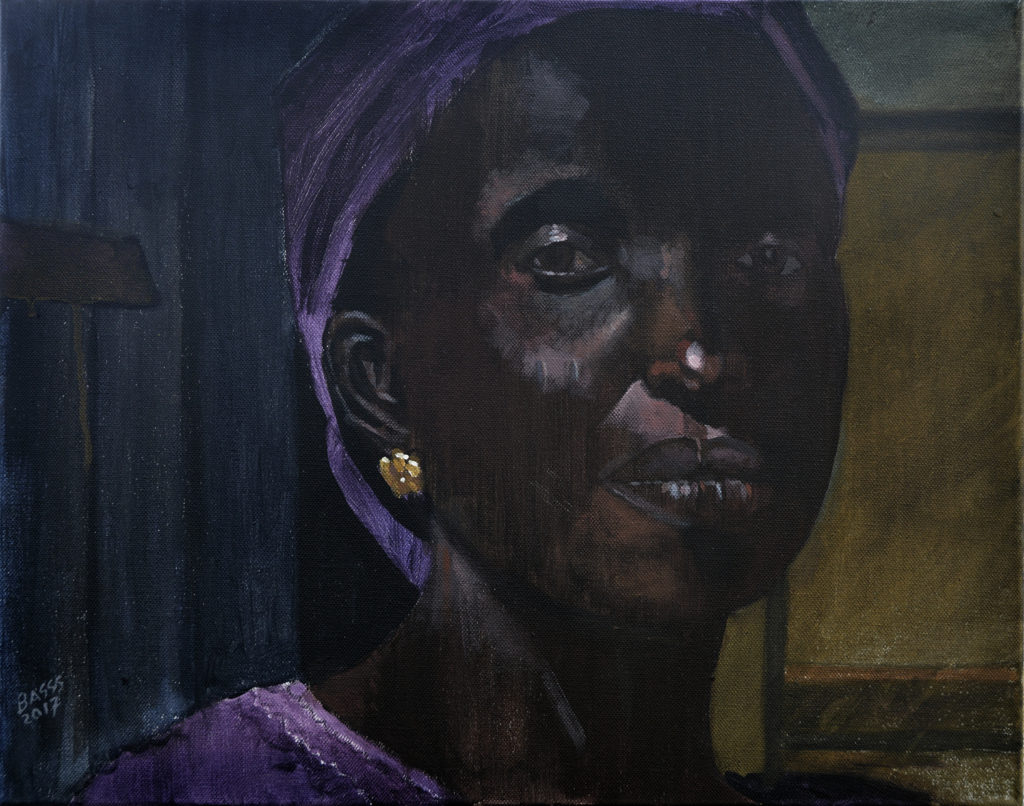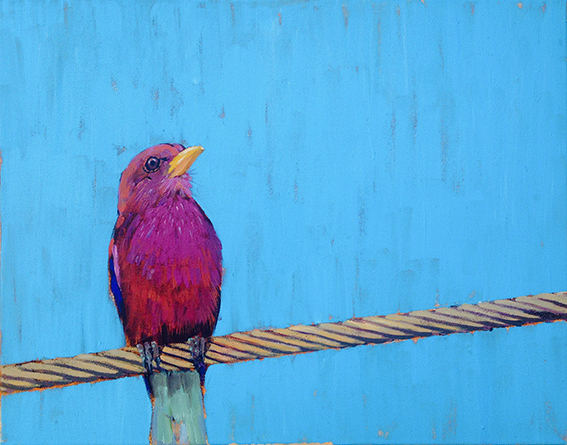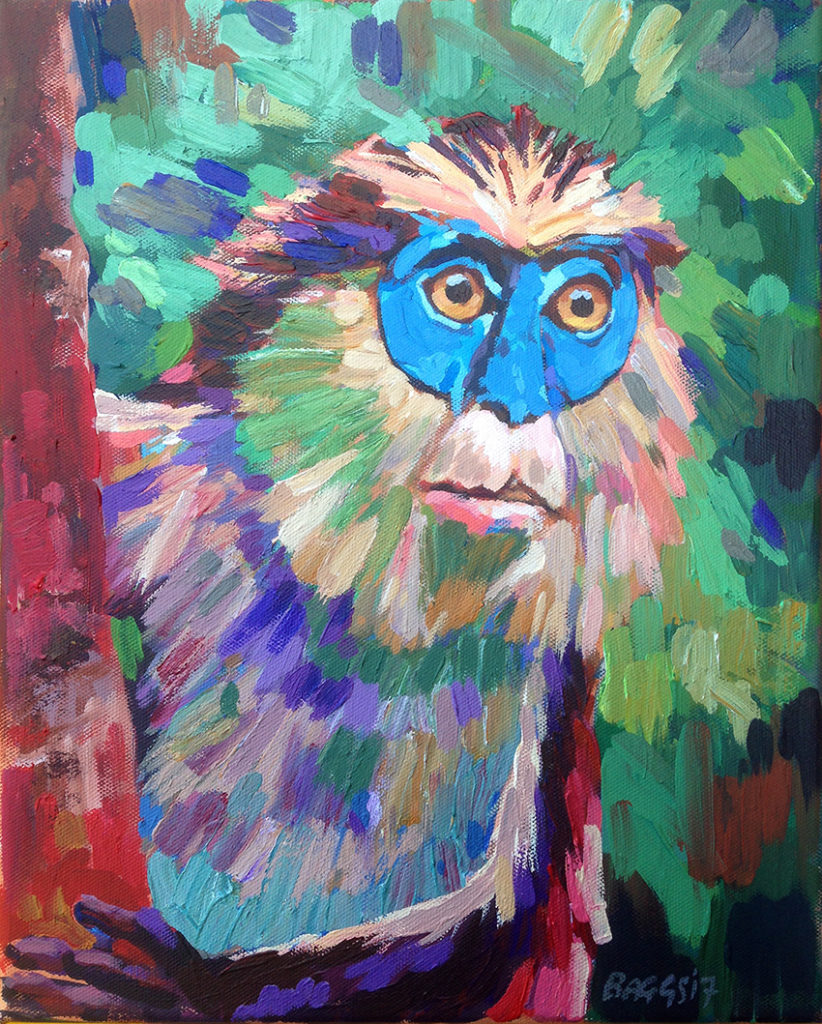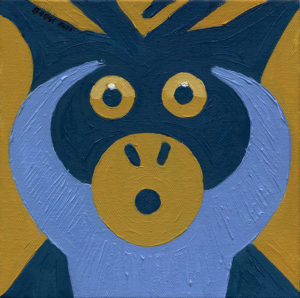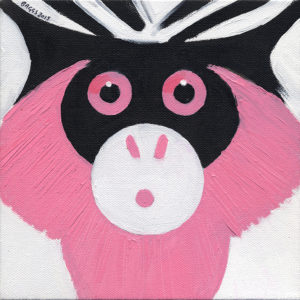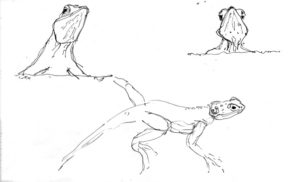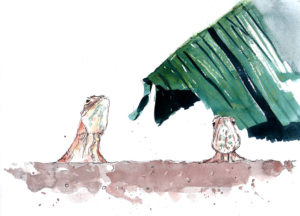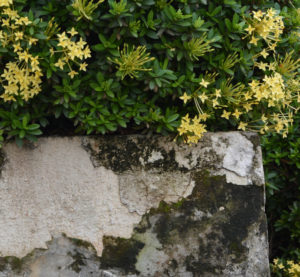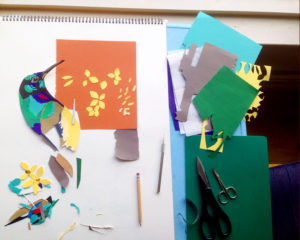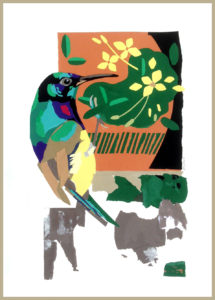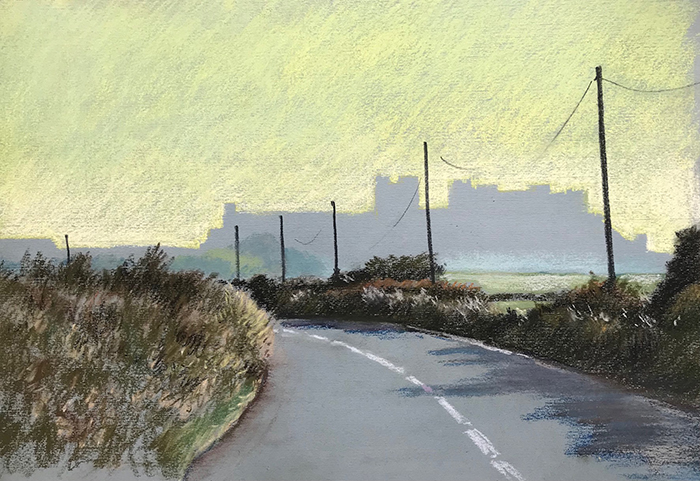
I’m visiting Northumberland for the first time, in a sunny a warm week in June. Setting off for an early morning walk on the empty wide beach beyond the dunes, itself a special landscape of long grasses, wildflowers and this time of year, many orchids.
Bamburgh Castle dominates the view in silhouette as we approach, the clear morning light is spectacular. Today is one of those occasions where you can take a quick snap from inside the car – there is no-one around – except dog walkers and bird watchers. I used the photo reference a week later to produce a pastel sketch on Fabriano paper, aiming to illustrate the light that bathes the seen in morning glory.
The sound of the sedge warblers singing from the tops of the bushes in the dunes goes hand in hand with this picture, I hear them when I look at it.
In the evening, the light from the West gives the castle a completely different look, though no less spectacular. Well worth a visit.
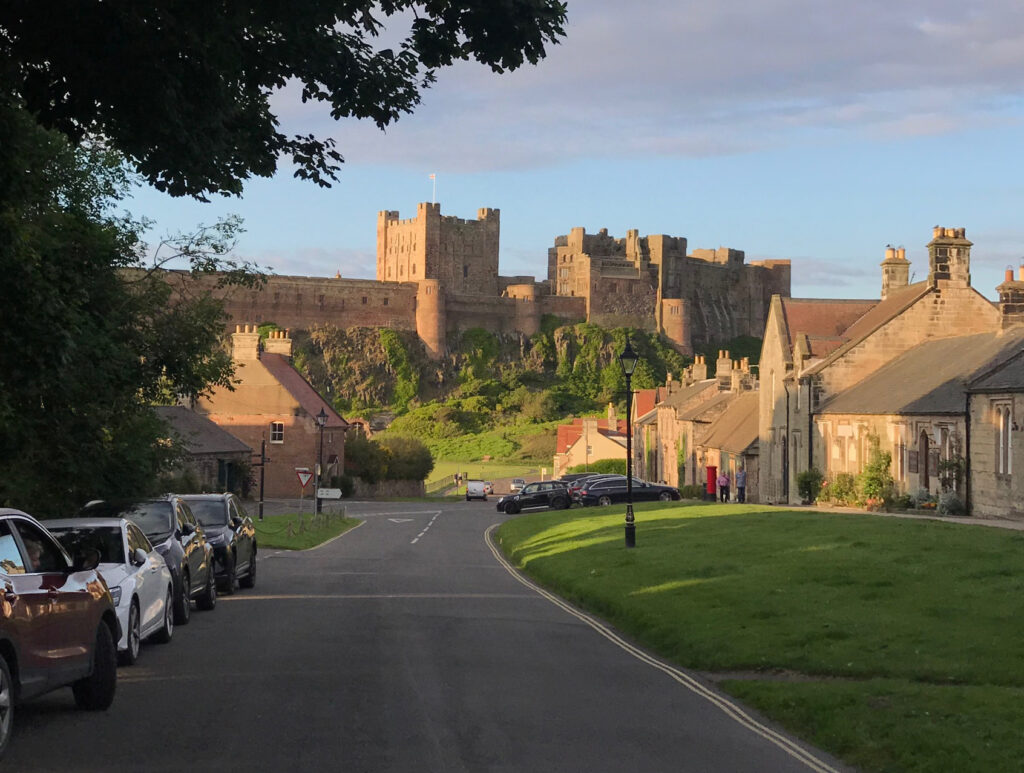
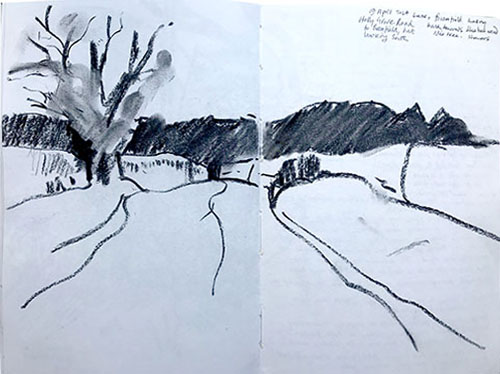

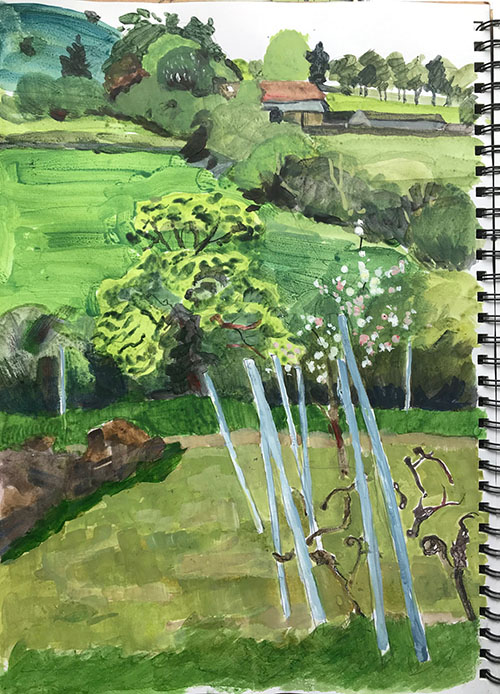

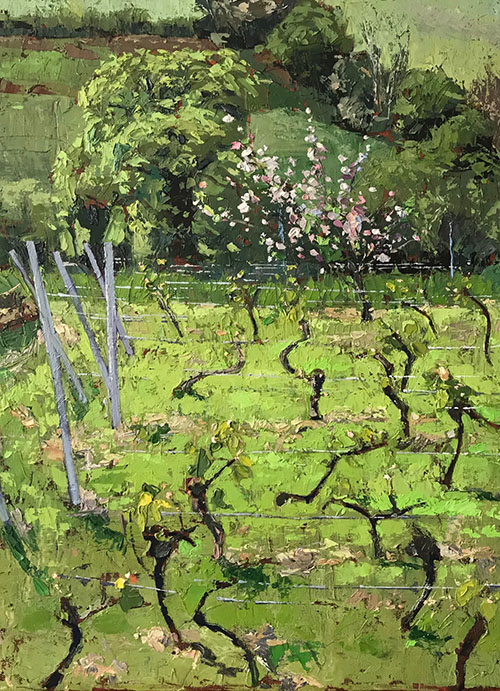
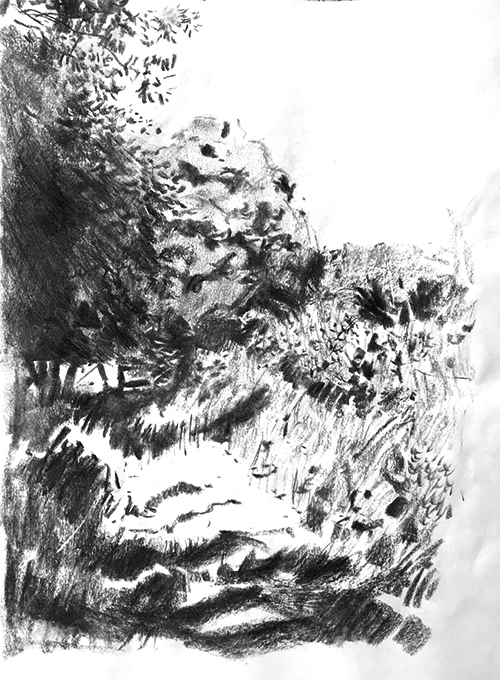
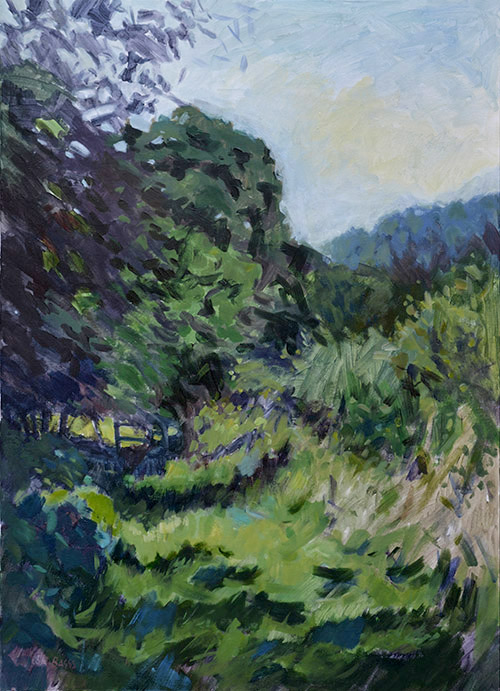
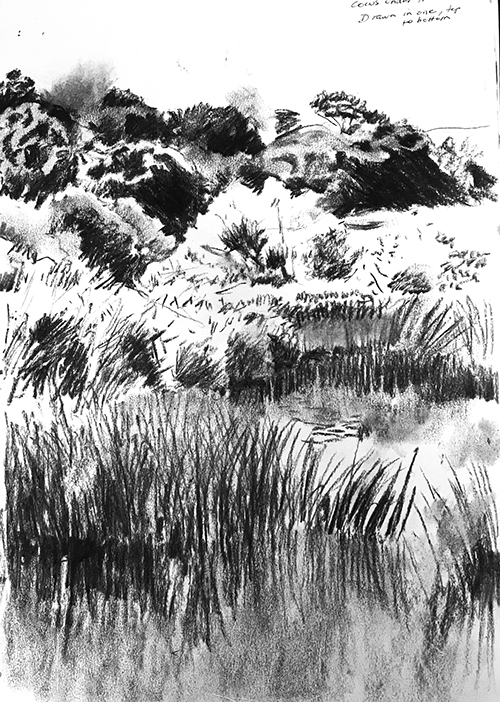
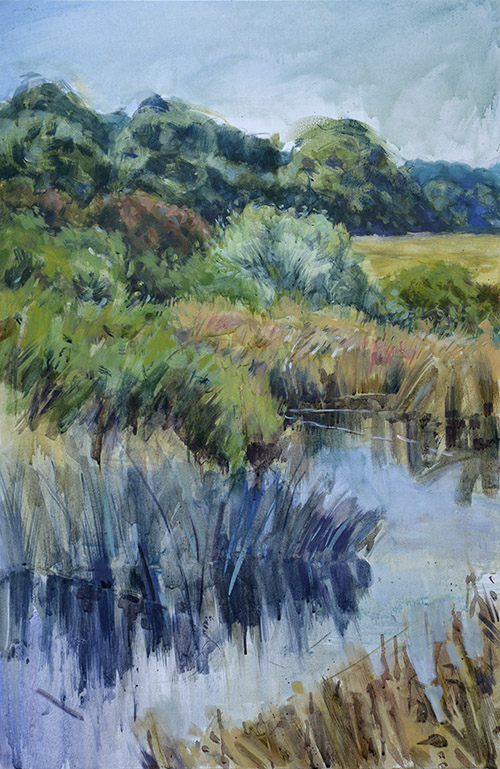
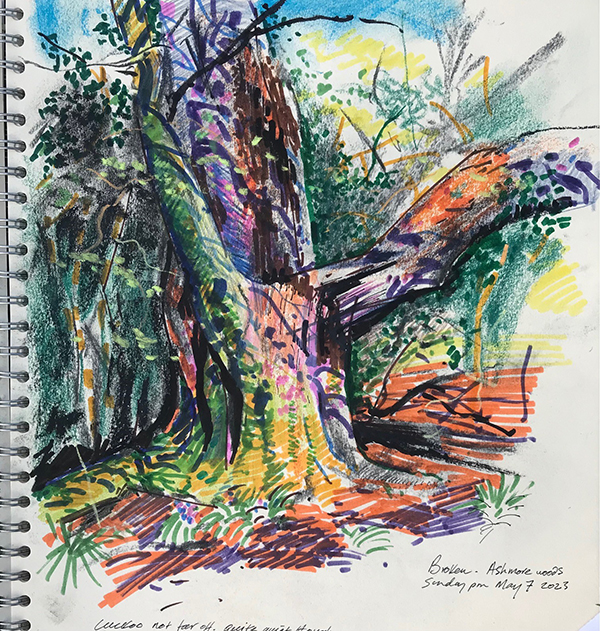

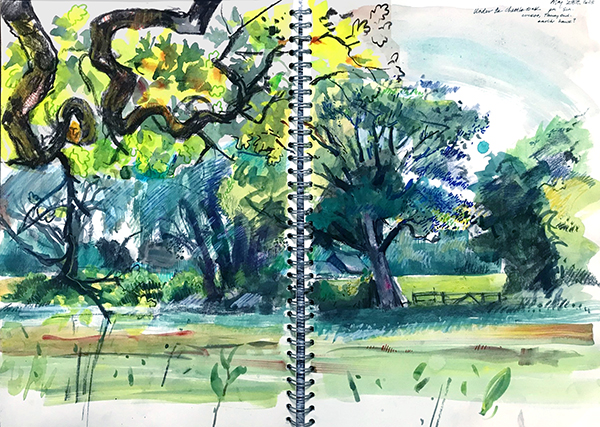

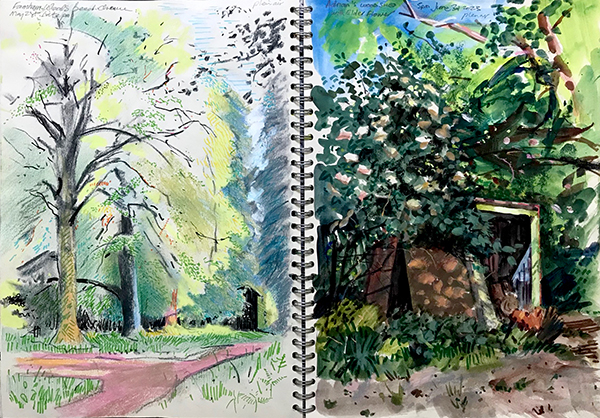
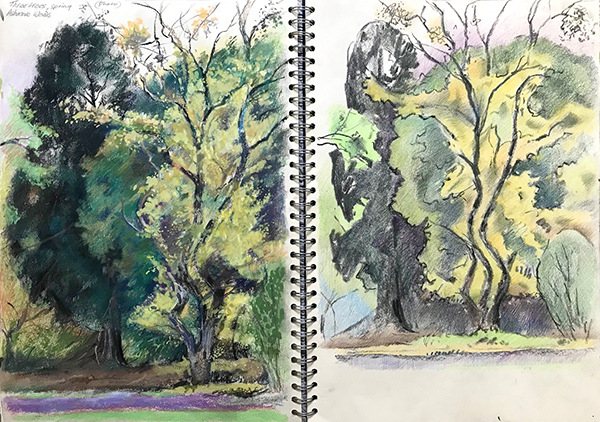
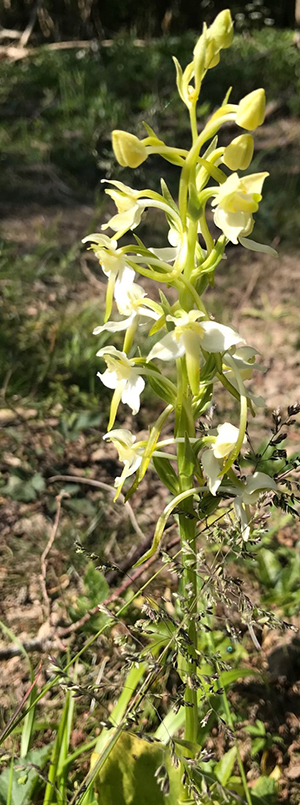

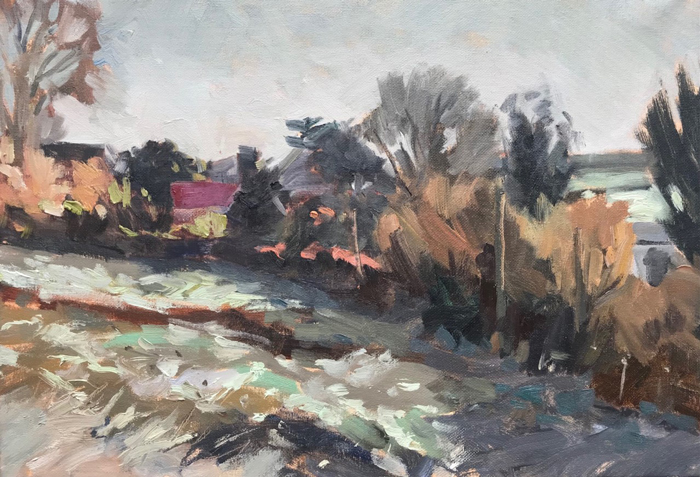

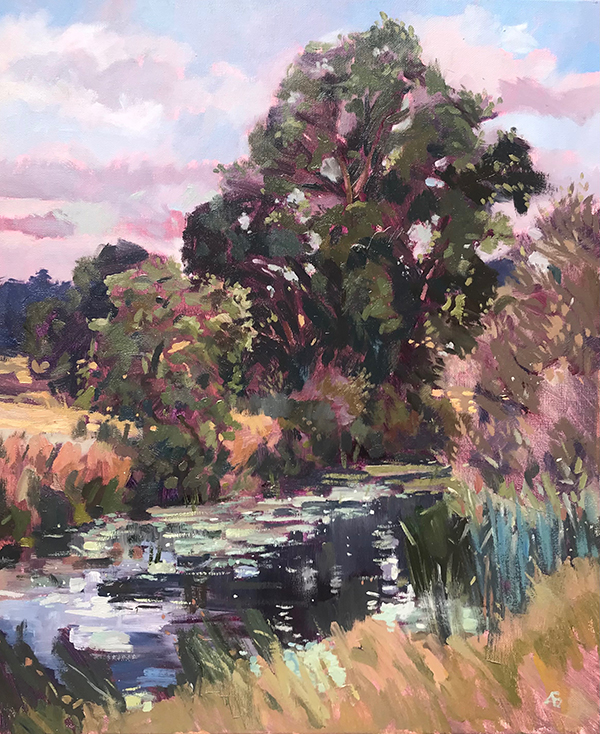
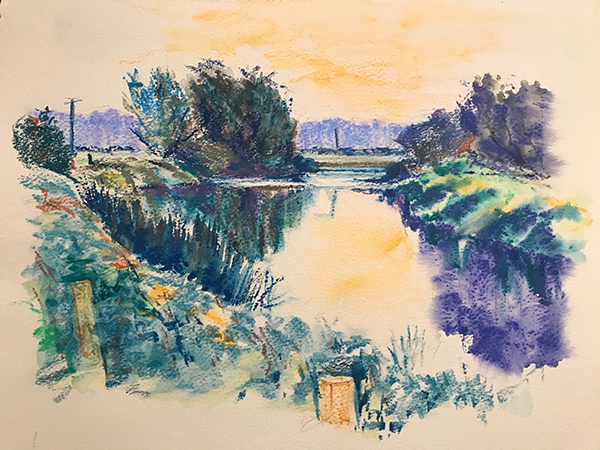


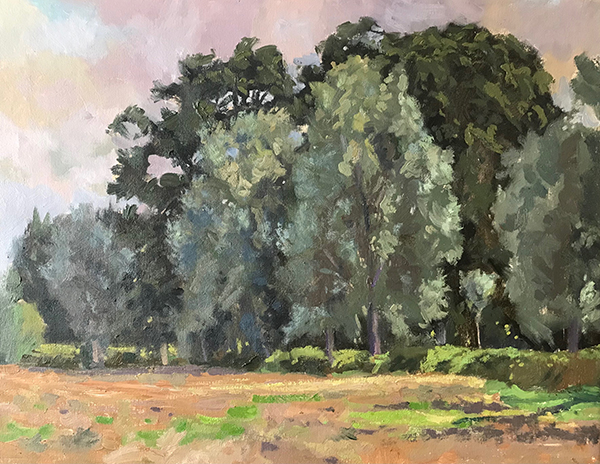
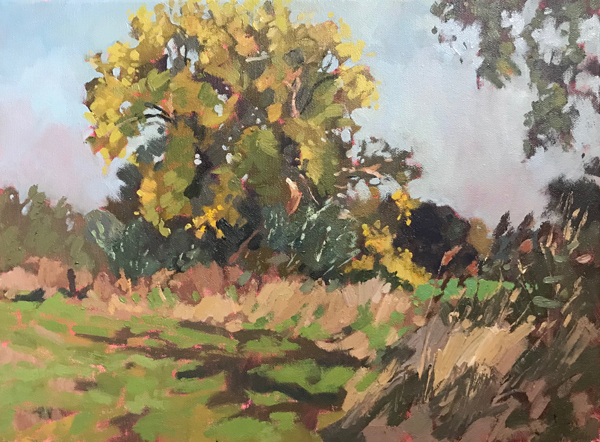

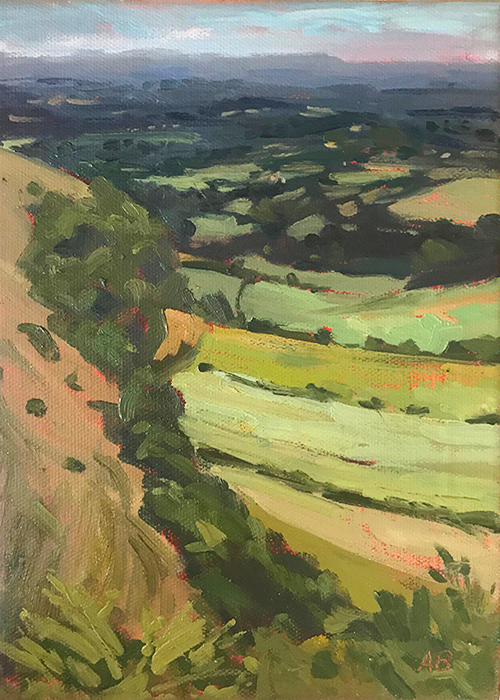

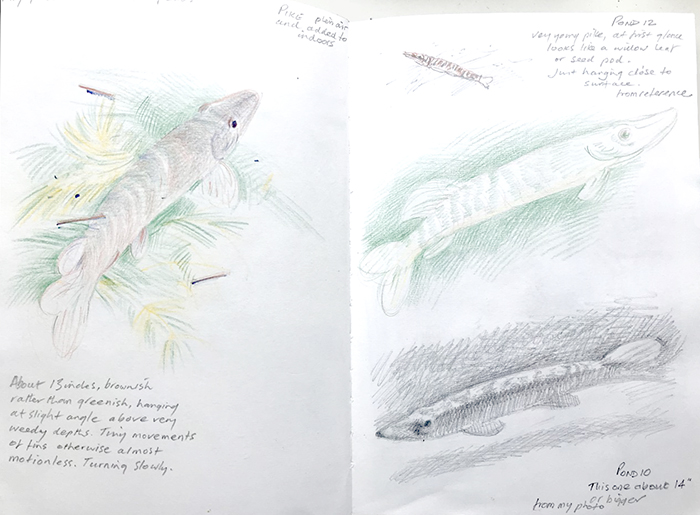
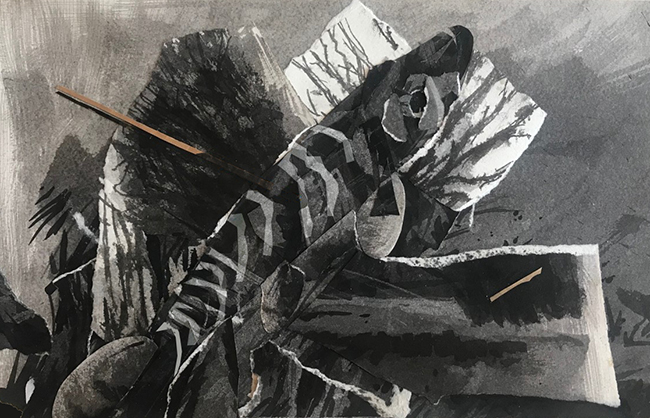


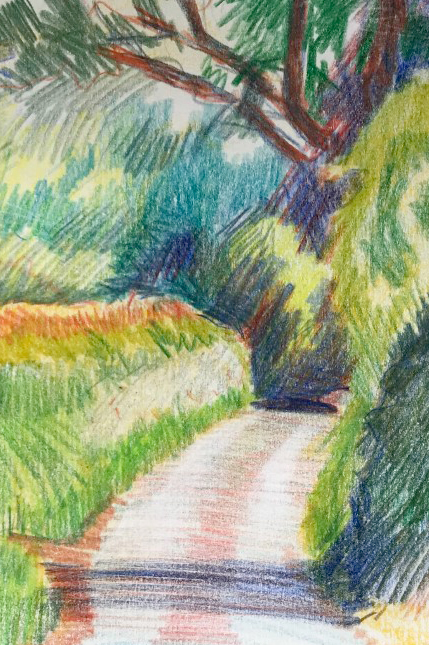




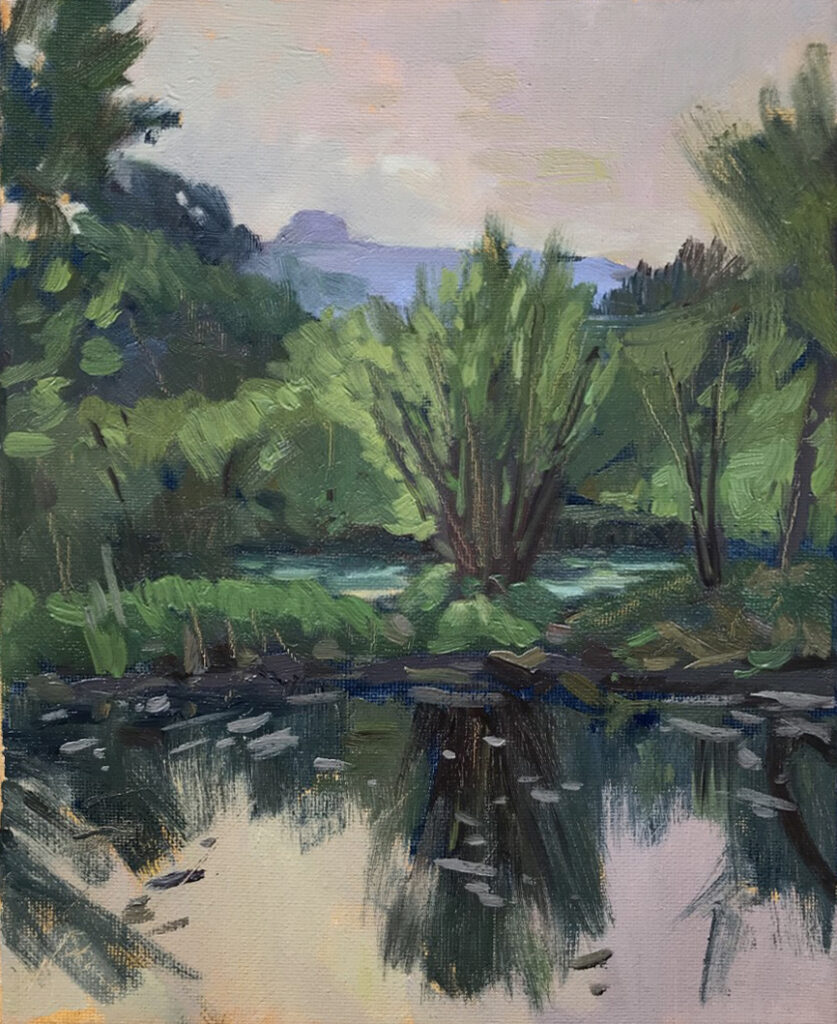

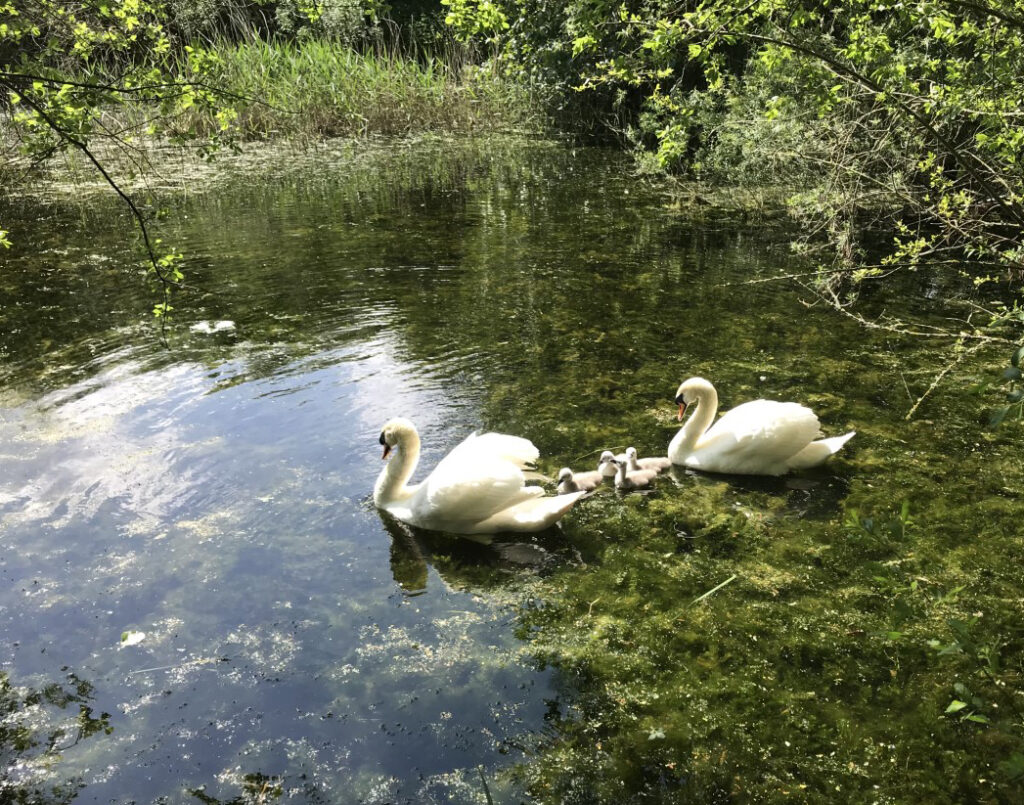

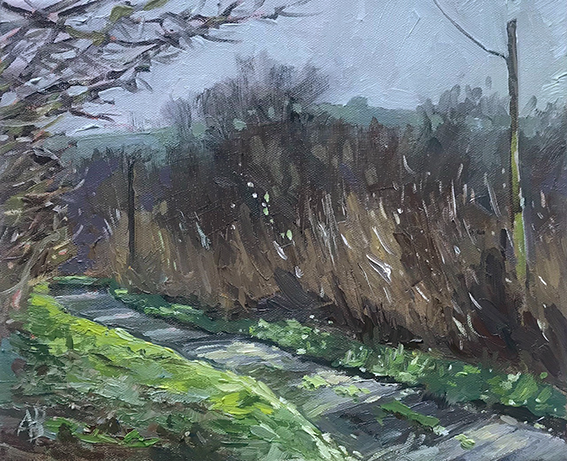

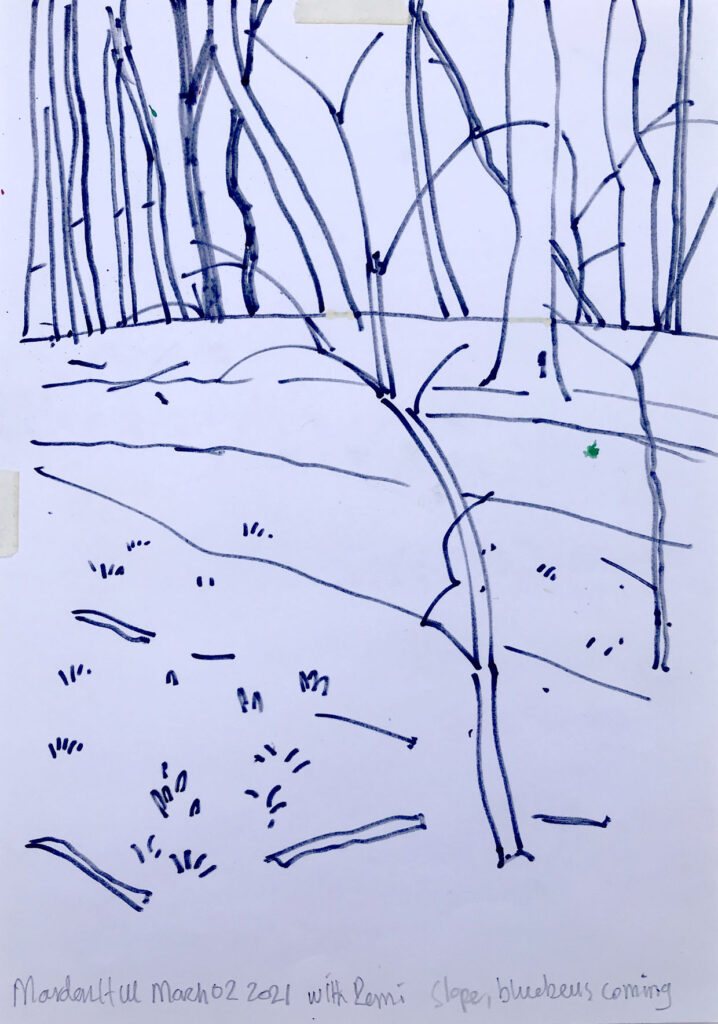
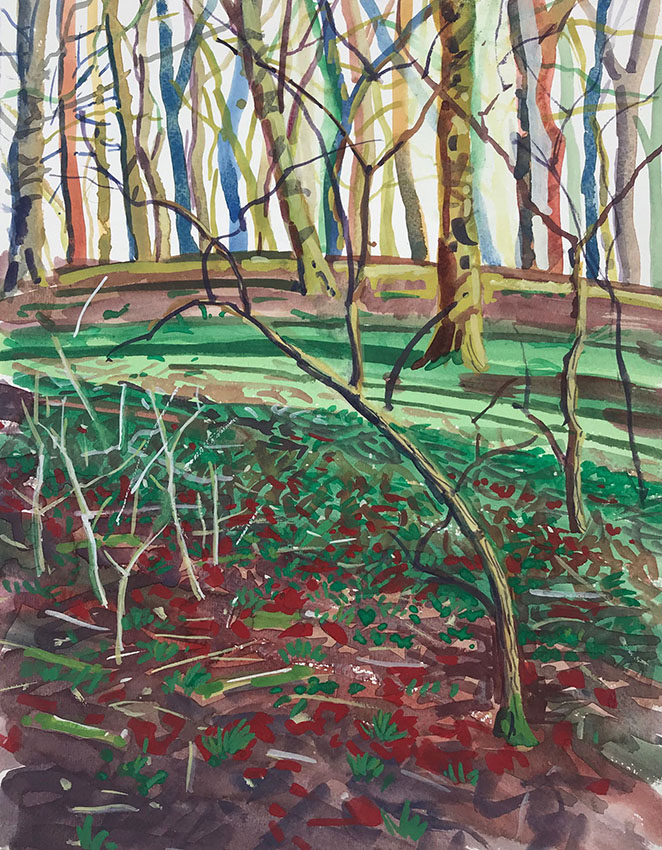
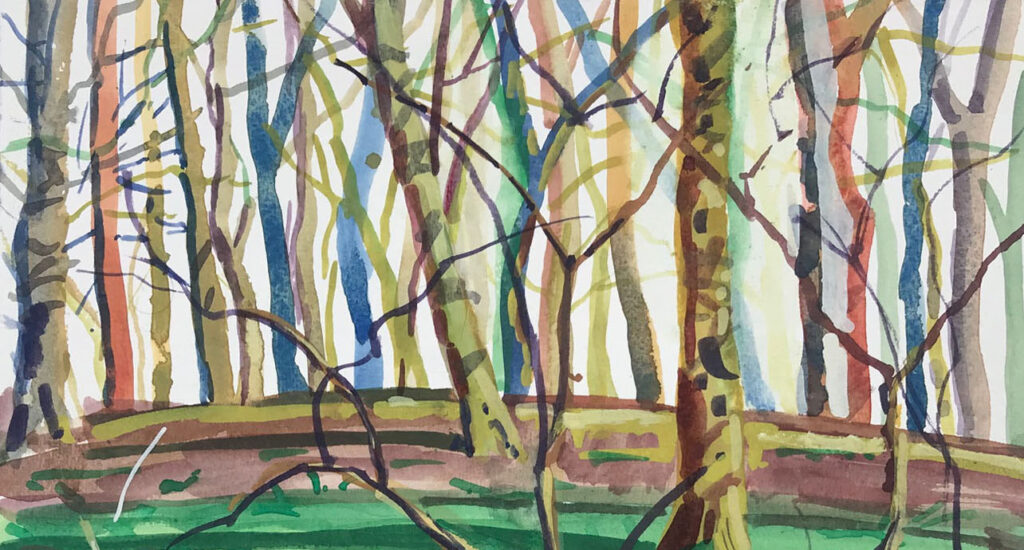
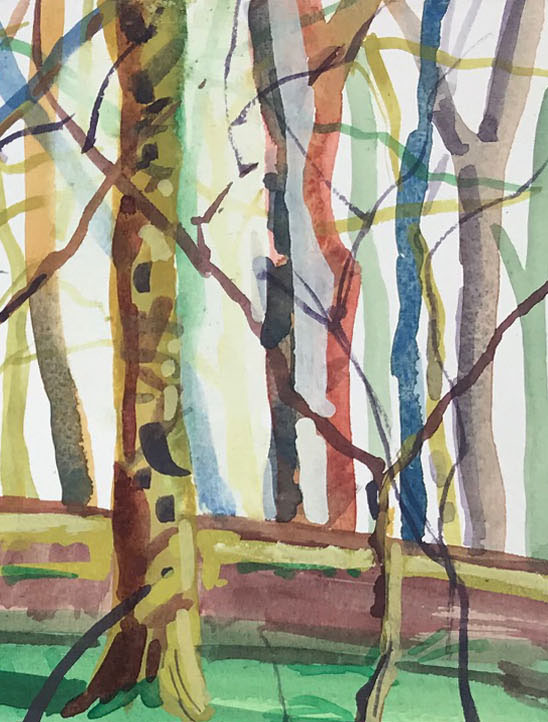
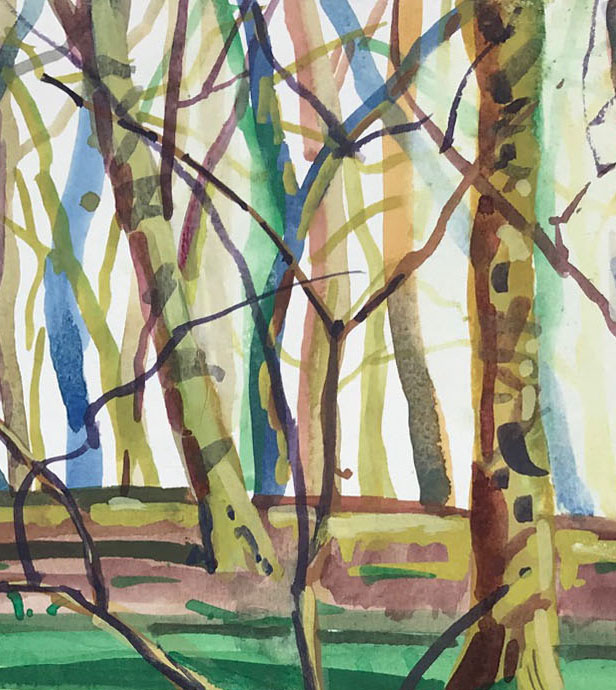
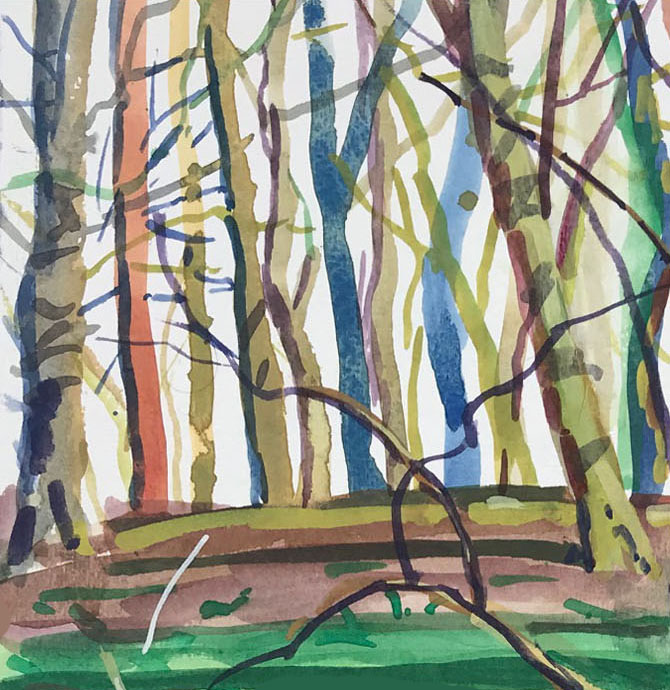
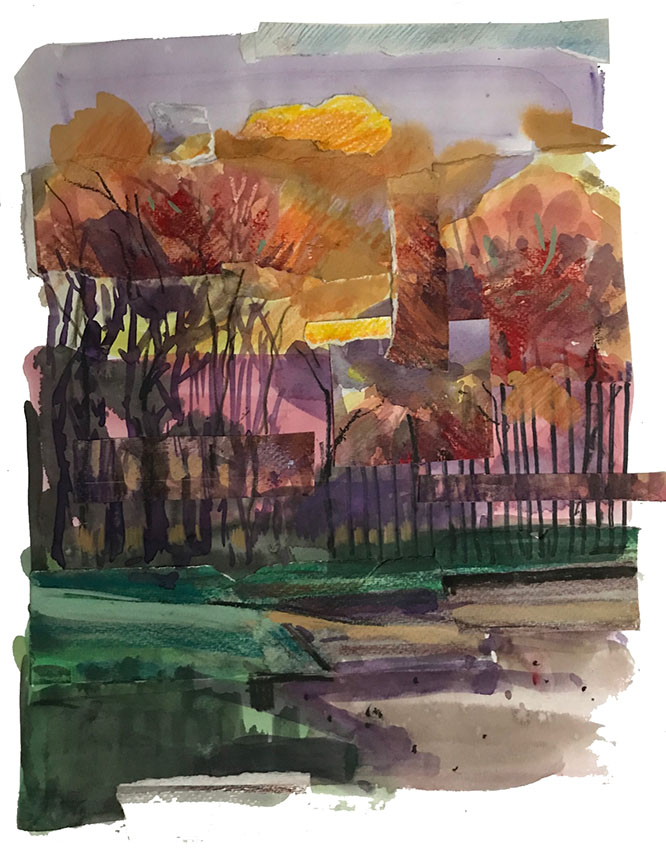
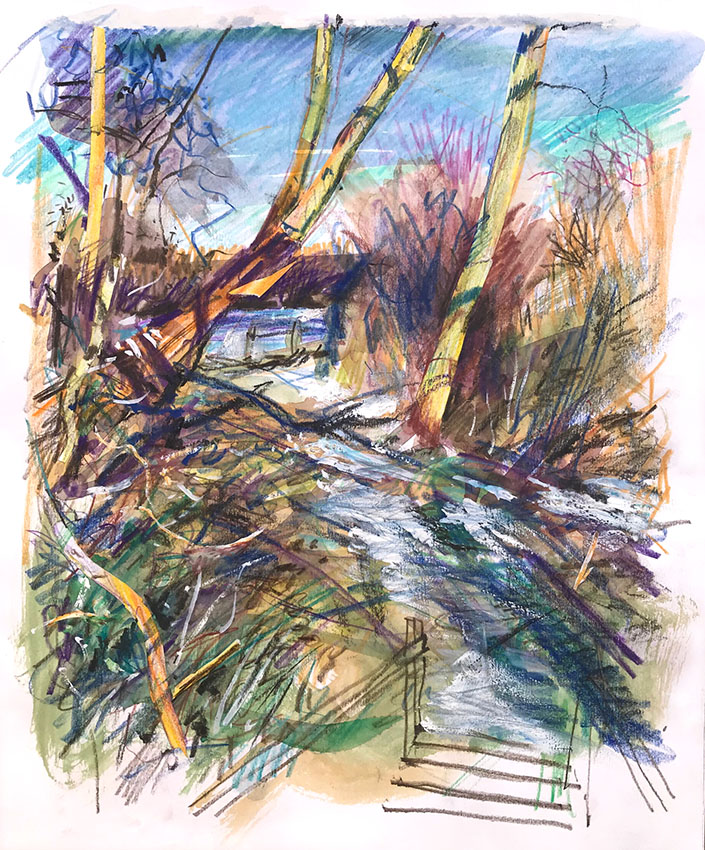
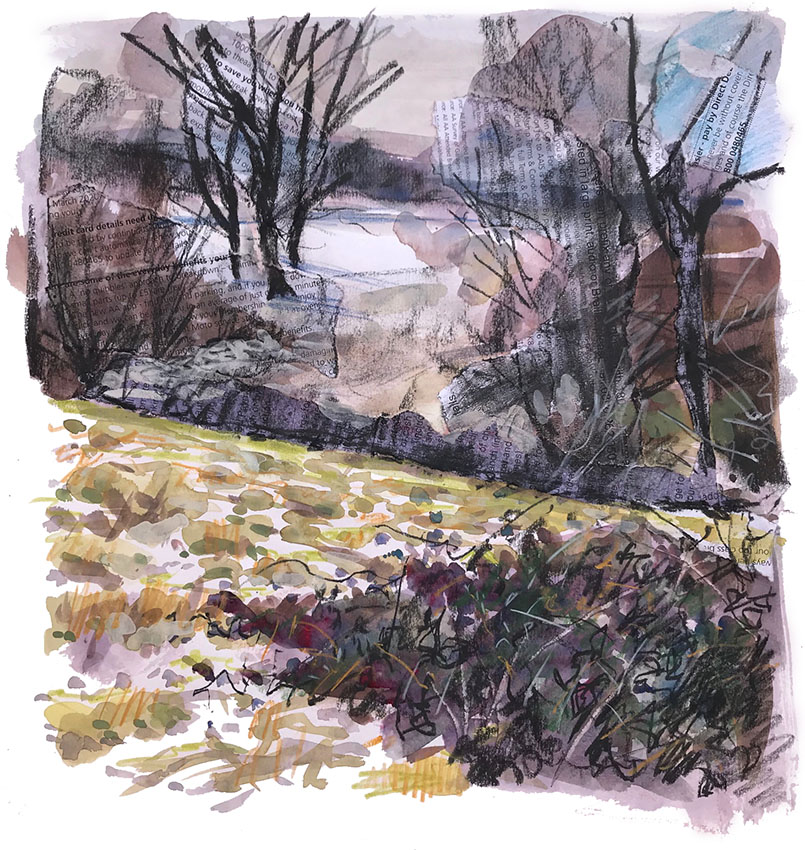

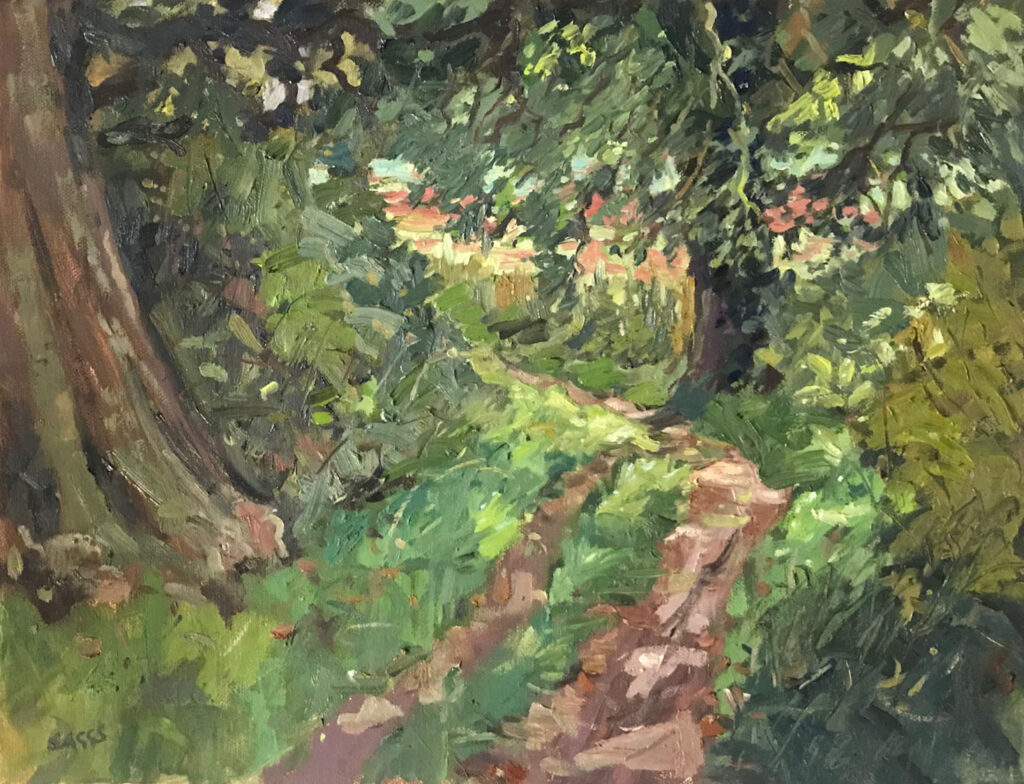
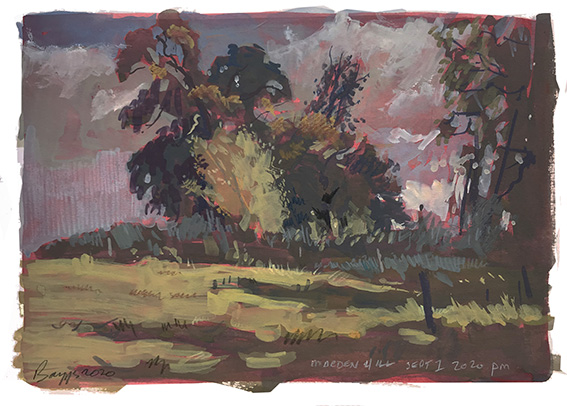

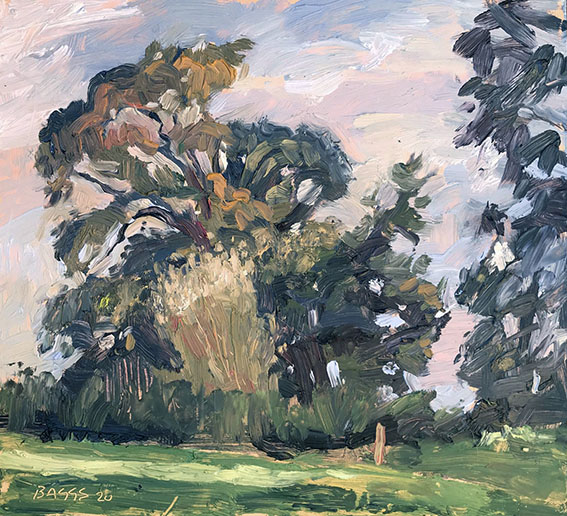


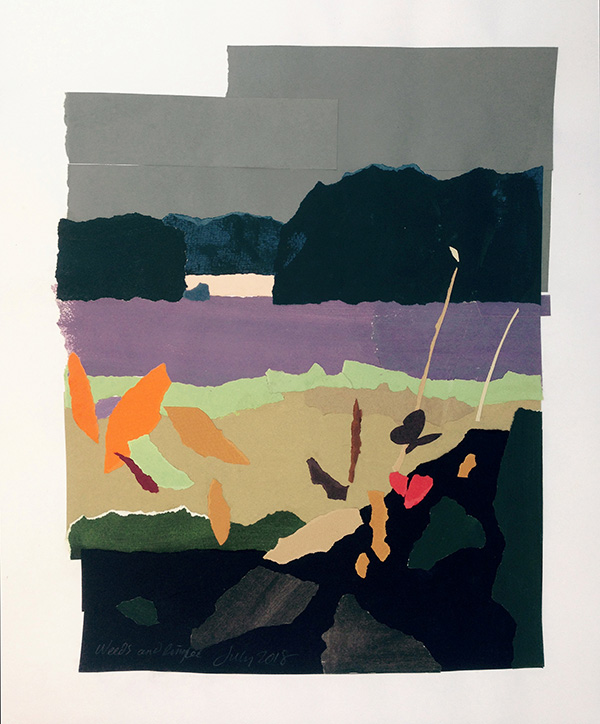
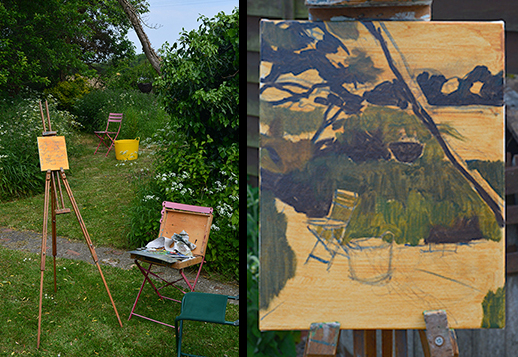

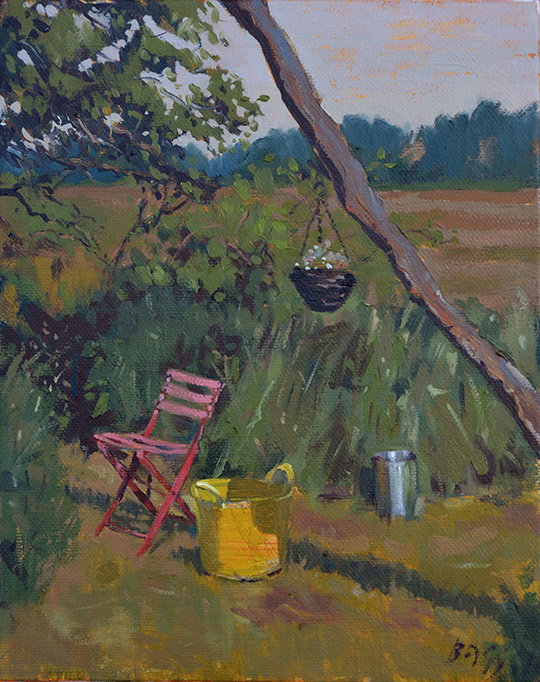

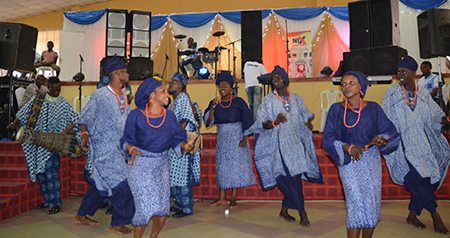
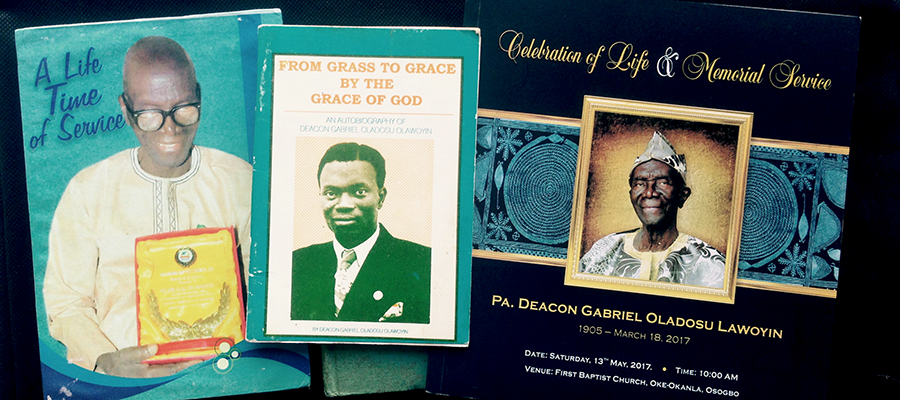

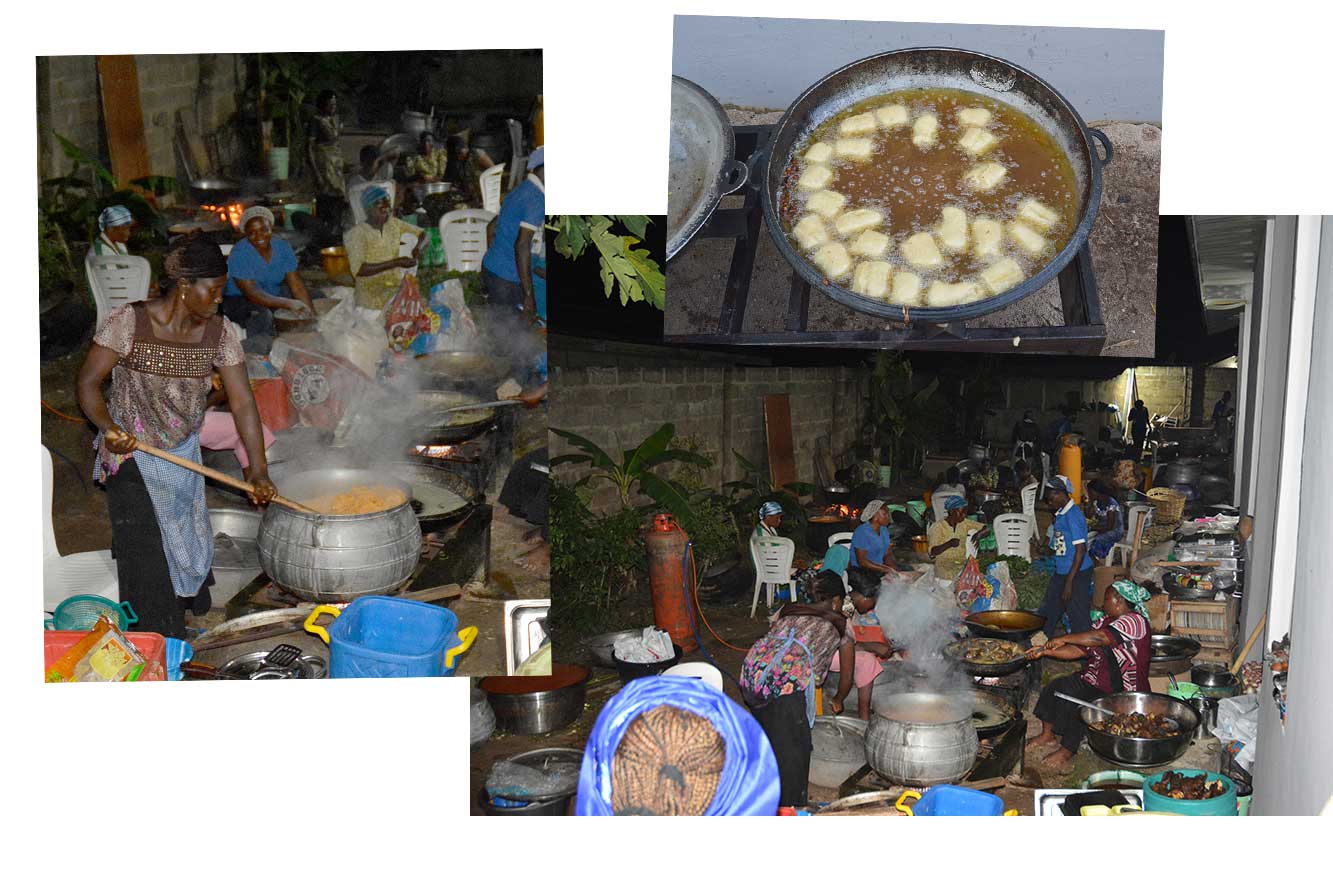




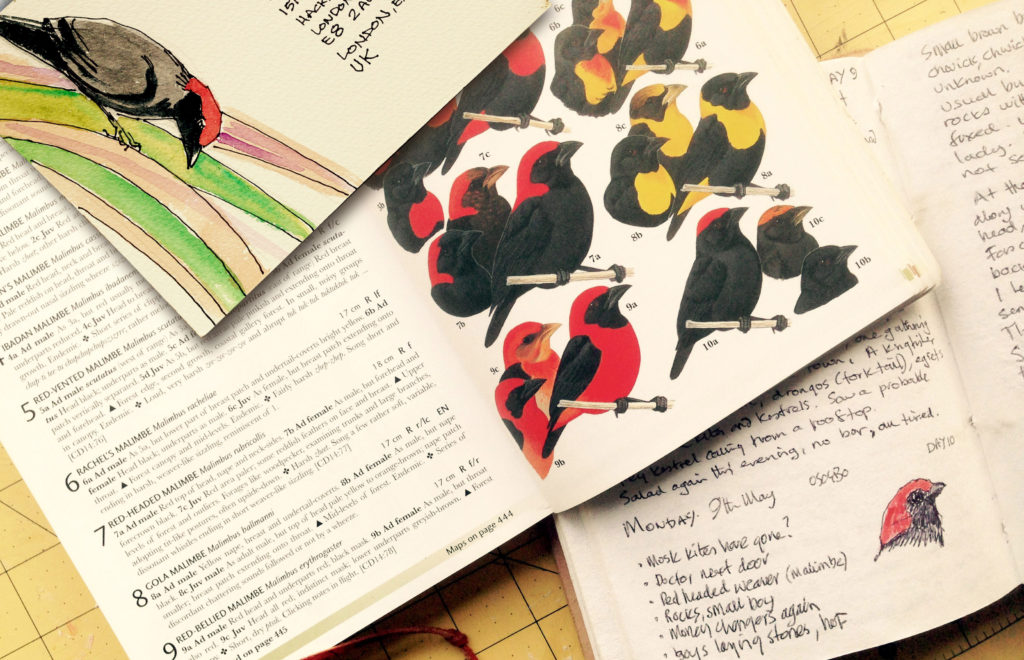
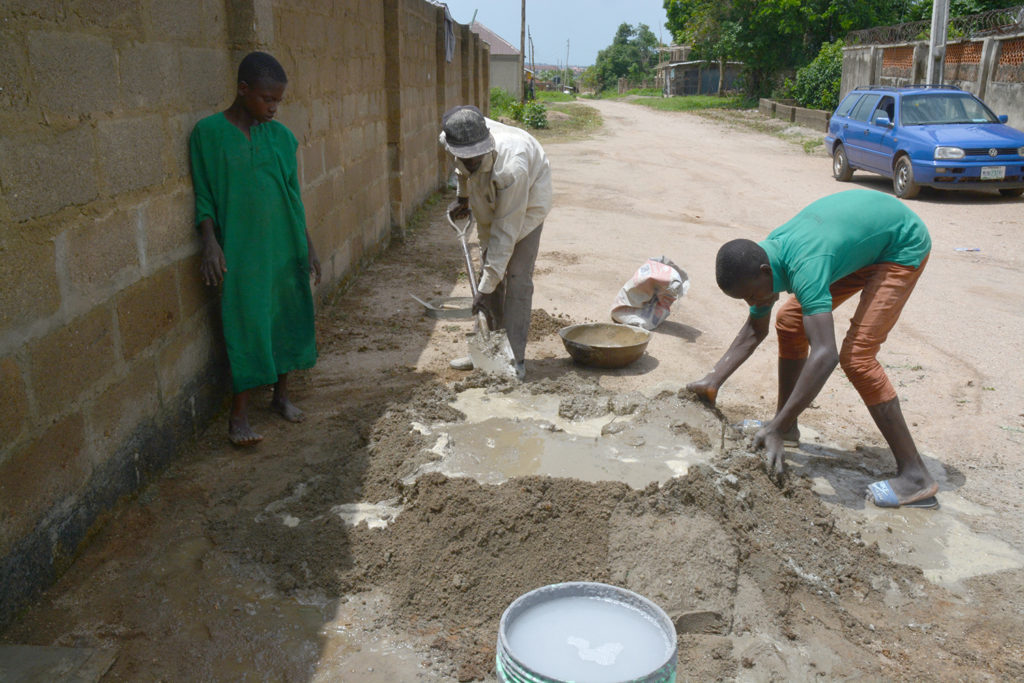
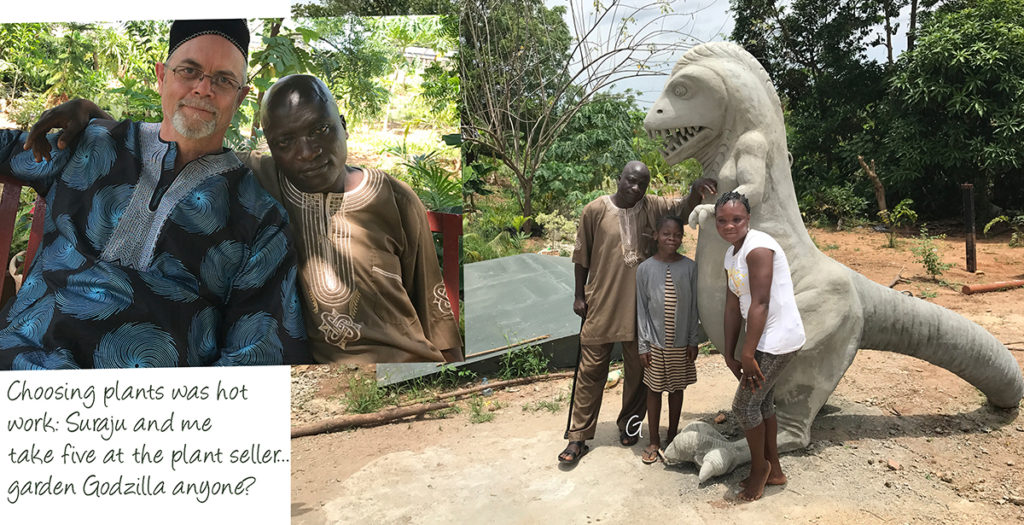

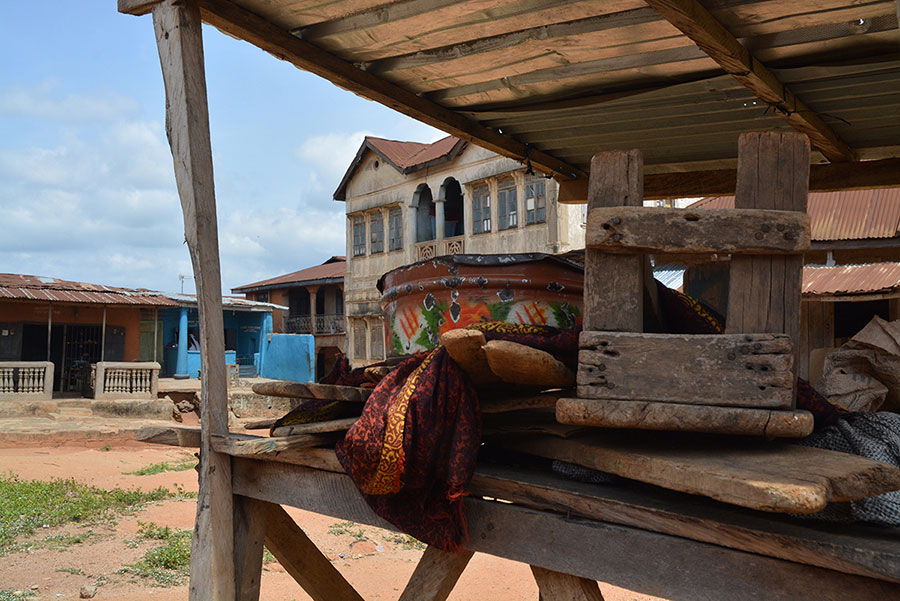
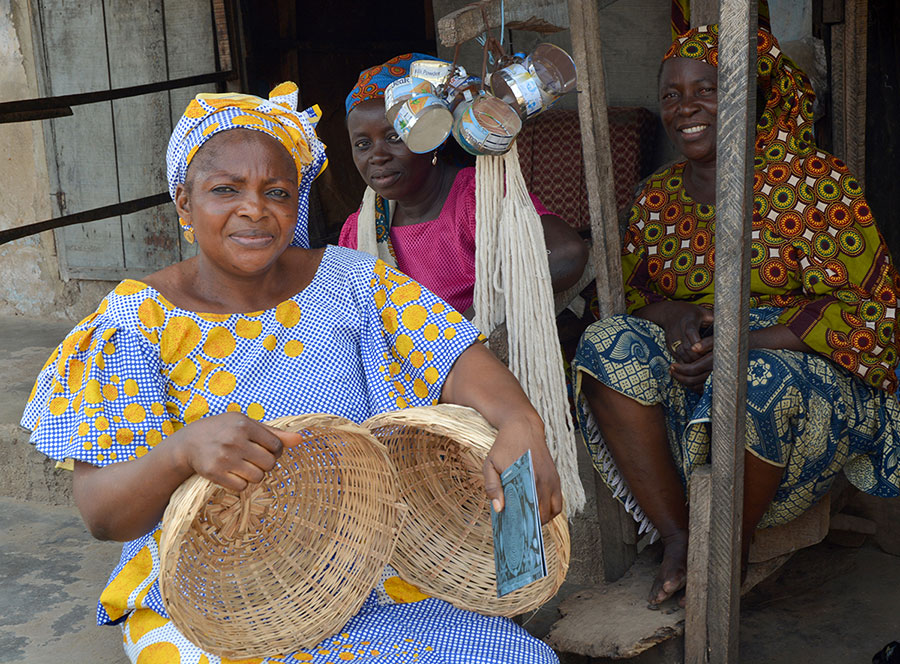 Three ladies sat under the roof gossiping, until we got out of the car, that is. One lady in particular was wearing a striking blue and yellow outfit and seemed to be the more senior in rank of the three. She had a handsome face with prominent tribal scars, and her inner calm and sense of humour shone through. I’m sure we didn’t look as though we needed any baskets or lamps, and so a conversation started. It turned out that the ladies knew Baba Lawoyin, and knew that he had passed on recently. We gave the lady in blue and yellow (regretfully didn’t catch her name) an invitation to the Celebrations, they happily posed for photos and we went on our way.
Three ladies sat under the roof gossiping, until we got out of the car, that is. One lady in particular was wearing a striking blue and yellow outfit and seemed to be the more senior in rank of the three. She had a handsome face with prominent tribal scars, and her inner calm and sense of humour shone through. I’m sure we didn’t look as though we needed any baskets or lamps, and so a conversation started. It turned out that the ladies knew Baba Lawoyin, and knew that he had passed on recently. We gave the lady in blue and yellow (regretfully didn’t catch her name) an invitation to the Celebrations, they happily posed for photos and we went on our way.
